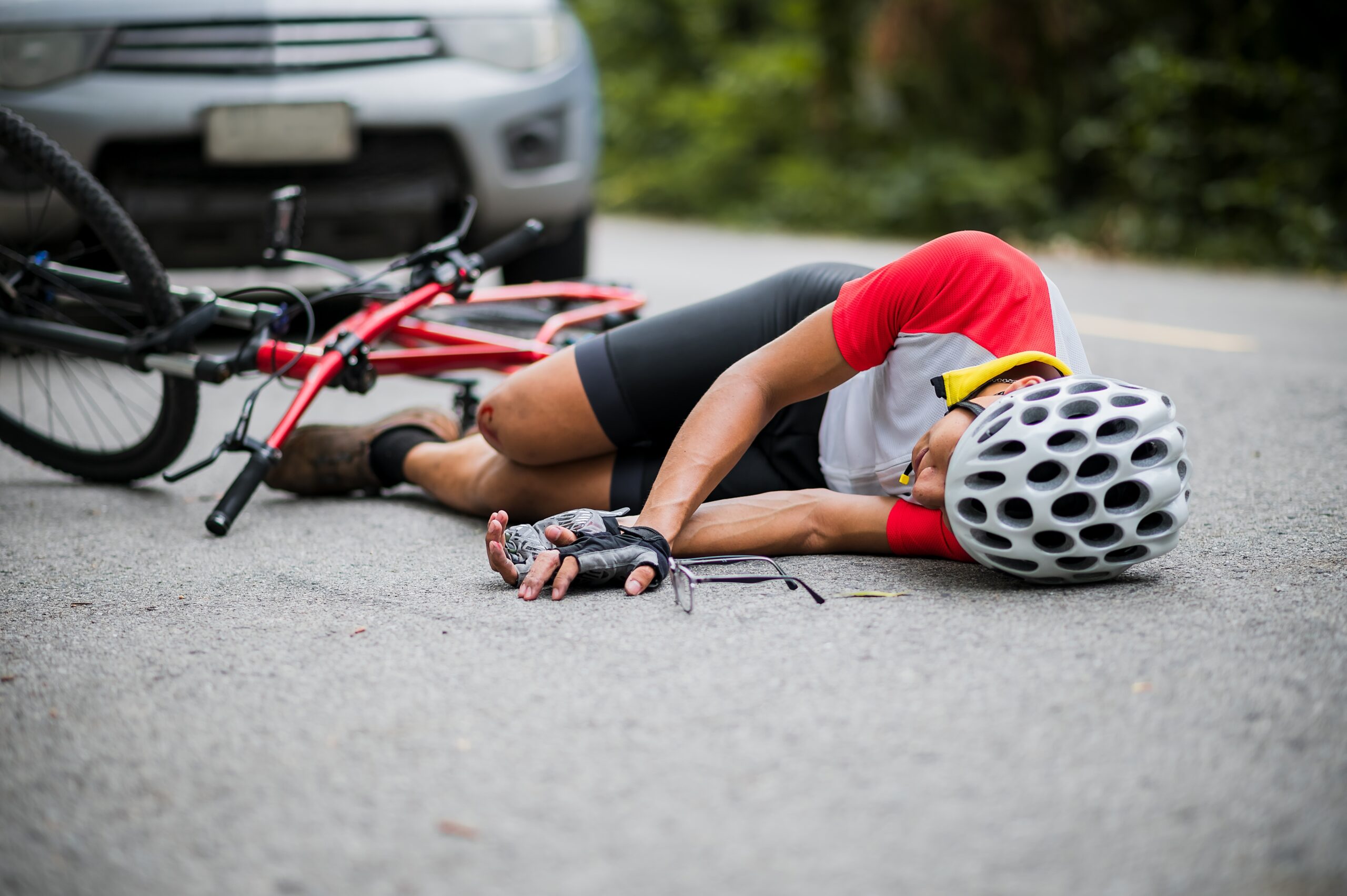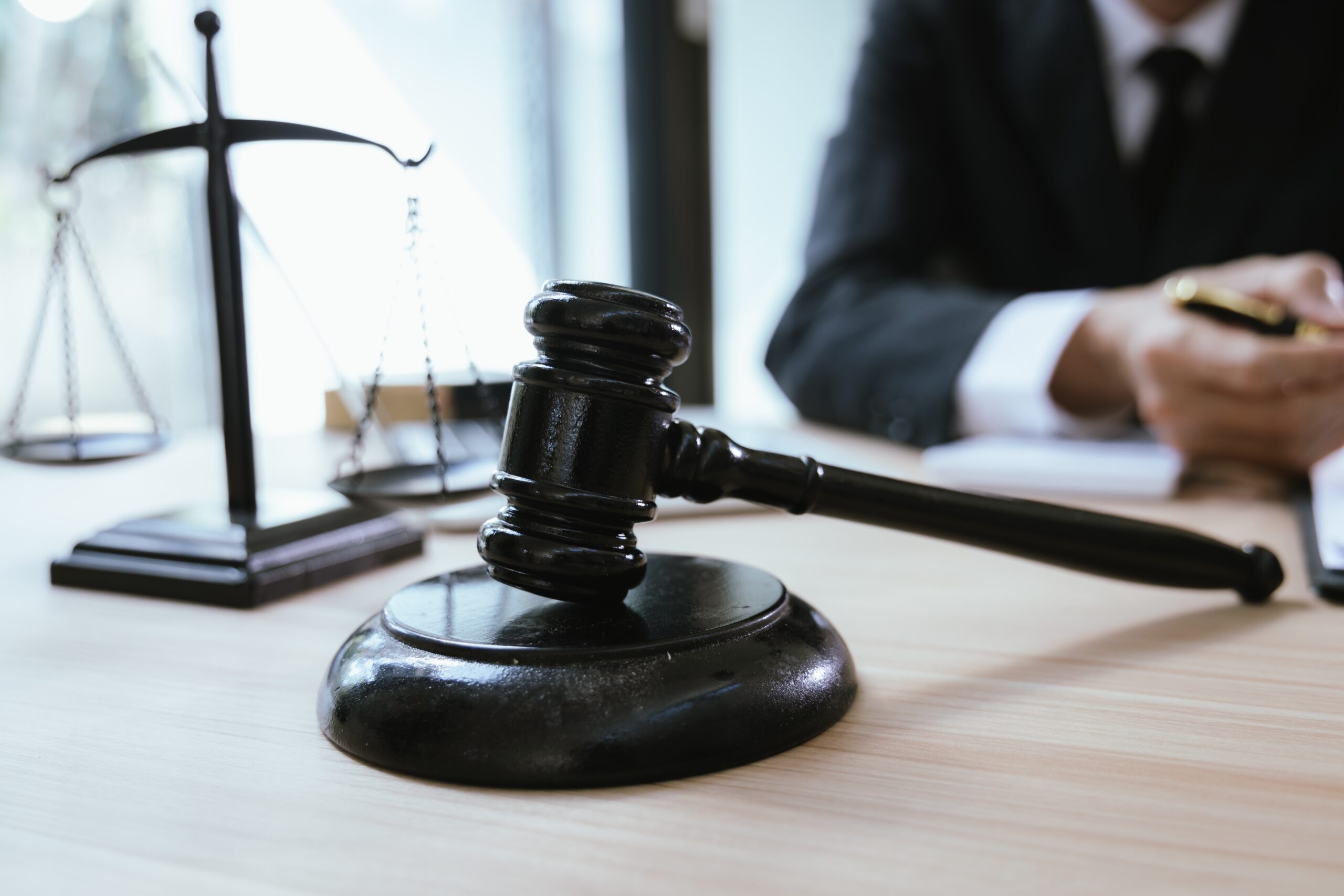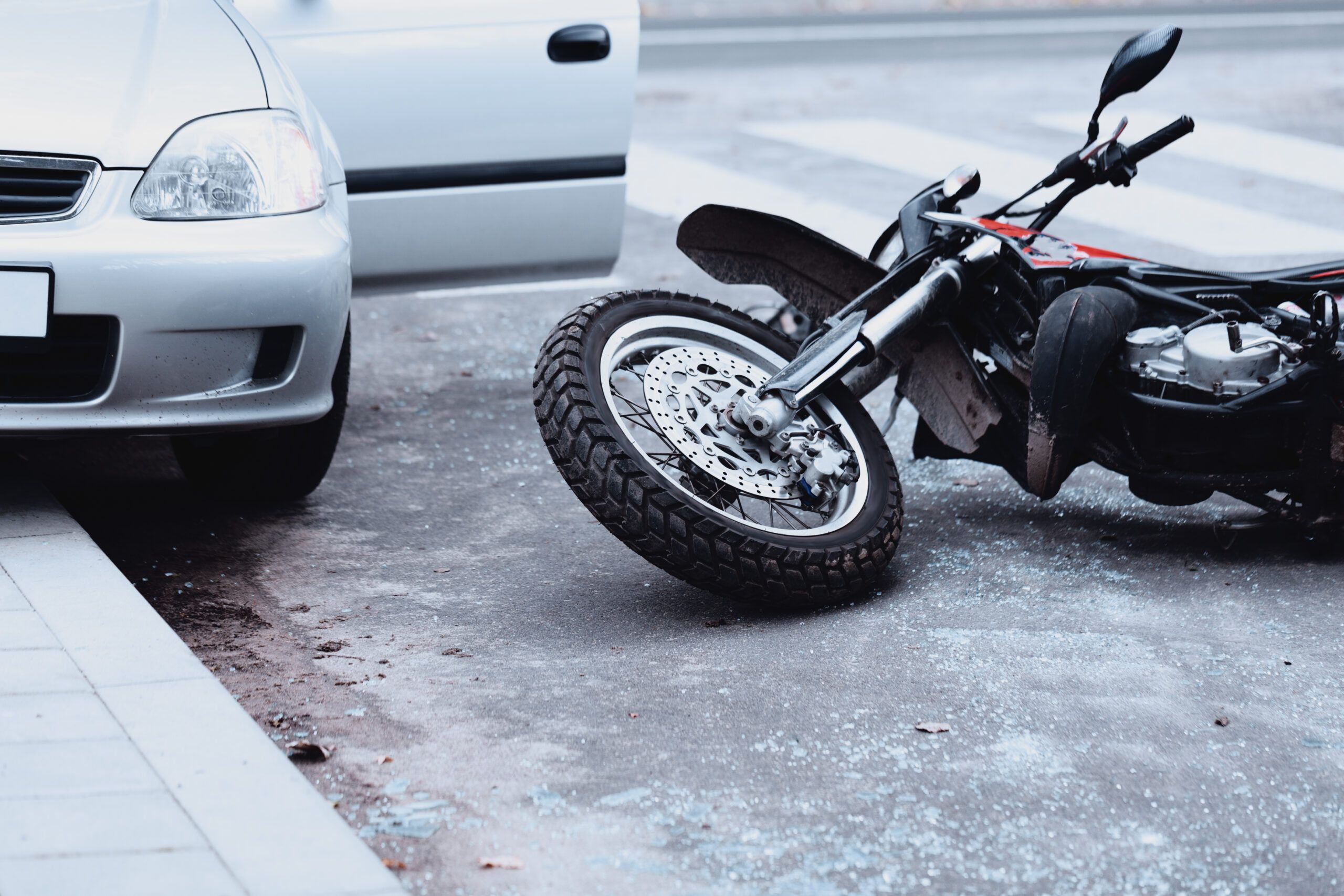What are the Most Common Types of Bicycle Accidents?
Bicycling is becoming an increasingly popular form of transportation and recreation, but it also exposes riders to unique risks when sharing the road with motor vehicles. Even cautious cyclists who follow traffic laws and wear protective gear can suffer serious injuries in collisions caused by other parties’ negligence. The type of bicycle accident is important in determining how and why a crash occurred and who may be legally responsible. A Massachusetts bicycle accident attorney can evaluate the unique factors associated with your crash and how to manage your insurance claim or personal injury case.
If you suffered an injury in a bicycle accident, the attorneys at Brooks Law Firm can identify the cause, establish fault, and pursue fair compensation for your injuries. Call us at (617)245-8090 to discuss your case.
Key Takeaways: Common Bicycle Accident Types
- Different types of bicycle accidents reveal distinct fault patterns. Whether your crash involved a dooring, intersection, or rear-end collision determines who holds legal responsibility and how you should present the evidence.
- Driver negligence is the top cause of most cycling crashes. Actions such as distracted driving often lead to liability findings against motorists.
- Not all bicycle accidents involve vehicles. Collisions caused by pedestrians, other cyclists, or defective road conditions may still justify compensation under personal injury or product liability laws.
- The severity of injuries directly affects settlement value. Long-term medical care, rehabilitation needs, and disabilities such as paralysis or brain trauma significantly raise compensation amounts.
- Shared fault negligence may reduce but not eliminate recovery. Even if a cyclist shares some blame, legal representation ensures a fair assessment of fault and proportional compensation.
- Evidence collection is important for a successful claim. Medical documentation, accident reconstruction, and witness statements strengthen your position during insurance negotiations or litigation.
- It is advisable to seek legal support to maximize your recovery and secure compensation that reflects your current and future losses.
Different Types of Bicycle Accidents
While bicycle accidents can occur under many circumstances, certain collision patterns appear more frequently. Each type of collision provides key insight into how liability is determined and what evidence may be necessary to support a claim. Here are the most frequently reported types of bicycle accidents and how they mostly occur:

Dooring Accidents
A dooring accident occurs when a driver or passenger opens a car door without checking for an approaching cyclist. These incidents are especially common in congested urban areas where cyclists ride near parked vehicles. Even at low speeds, a dooring crash can throw a cyclist into traffic or onto the pavement, causing broken bones, head trauma, or severe lacerations. The person who opened the door is usually liable because they failed to check for approaching cyclists before exiting the vehicle.
Right-Hook Accidents
This type of crash occurs when a motorist passes a cyclist on the left and immediately turns right, cutting the rider off. The cyclist may have no time to brake or swerve, leading to a direct collision with the side of the vehicle. These accidents typically result from the driver’s failure to yield or misjudgment of the cyclist’s speed. The driver is generally held liable for making an unsafe turn.
Left-Turn Accidents
Left-turn collisions also occur when a driver turning left through an intersection does not see an oncoming cyclist or assumes there’s enough time to complete the turn. The cyclist, traveling straight through the intersection, may be struck head-on or from the side. These crashes are dangerous because cyclists have little impact protection and often travel at full speed. In most cases, the turning driver is at fault for not yielding the right-of-way.
Rear-End Collisions
A rear-end accident occurs when a motor vehicle hits a cyclist from behind. Common causes include distracted driving, speeding, or following too closely. Even at moderate speeds, these collisions can result in catastrophic injuries such as spinal trauma, brain injury, or permanent disability. Drivers are usually presumed negligent in rear-end crashes, though liability may depend on road and lighting conditions.
Intersection Collisions
Many serious bicycle crashes occur at intersections, where cyclists and motorists must make quick decisions. These accidents involve multiple vehicles and may occur when a driver runs a red light, rolls through a stop sign, or turns without signaling. Establishing fault in intersection accidents requires traffic camera footage, witness statements, and police reports.
Sideswipe and Passing Accidents
Sideswipe accidents occur when a driver attempts to pass a cyclist without allowing enough clearance. This can cause the rider to lose balance or swerve off the road. Most states require drivers to leave at least three feet of space when overtaking cyclists. Violations of these laws endanger lives and are strong evidence of negligence in an injury claim.
Hit-and-Run Bicycle Accidents
Hit-and-run accidents are among the most distressing for cyclists. A negligent driver may flee the scene to avoid legal responsibility, leaving the injured rider without immediate help. Victims of these crashes may still recover compensation through uninsured motorist (UM) coverage or other legal avenues. A bicycle accident attorney can assist in identifying all possible recovery sources.
Road Hazard Accidents
Poor road maintenance contributes to many bicycle accidents. Uneven pavement, potholes, loose gravel, and debris can cause a cyclist to lose control unexpectedly. In these cases, a government agency, contractor, or property owner responsible for maintaining the roadway may be liable if they did not correct the known hazards or provide adequate warnings.
Collisions with Other Cyclists or Pedestrians
Not all bicycle accidents involve motor vehicles. Crashes between cyclists or with pedestrians may occur on bike paths, sidewalks, or shared spaces. These accidents usually result from unpredictable movements, failure to yield, or unsafe passing. Determining liability depends on the behavior of the parties involved and the specific location of the collision.
Injuries Commonly Sustained in Bicycle Accidents
Bicycle accidents frequently lead to severe and lasting injuries because cyclists have minimal protection against the force of a moving vehicle or hard surface. Even with helmets and protective gear, the human body is exposed to direct impact, resulting in complex medical challenges and extended recovery periods. The severity of the injuries typically depends on how fast the collision occurs, where the impact happens, and whether the cyclist leaves the bike on impact.
Head and Brain Injuries
Head trauma is one of the most serious outcomes of a bicycle accident. Injuries such as TBIs may occur even when the rider is wearing a helmet. These injuries are mainly associated with issues like cognitive difficulties, memory loss, headaches, and personality changes. In some cases, long-term rehabilitation or ongoing neurological care becomes necessary.
Spinal Cord Injuries
A fall or direct collision can cause severe damage to the spinal cord or vertebrae. Depending on the extent of the injury, a cyclist may experience partial or complete paralysis, loss of sensation, or chronic pain. Spinal injuries often require surgery, months of physical therapy, and home modifications to restore mobility and independence.
Broken Bones and Fractures
Fractures are extremely common in bicycle crashes, particularly in the arms, wrists, collarbones, and legs. Riders instinctively use their arms to brace for impact, leading to complex breaks or dislocations. Recovery can involve casting, surgical fixation with metal plates, and extended periods of limited movement that interfere with work or daily life.
Road Rash and Soft Tissue Damage
When cyclists slide across asphalt, the skin can sustain deep abrasions known as road rash. While some cases are superficial, others penetrate multiple skin layers and may require skin grafting to prevent infection and scarring. Muscle strains, ligament tears, and nerve damage are frequent soft-tissue injuries that cause lingering pain and stiffness.
Internal Injuries
The severe force and trauma of being struck by a vehicle can damage internal organs and lead to internal bleeding. These injuries are not always visible immediately after the crash, but can become life-threatening without prompt medical attention. Diagnostic imaging and continuous monitoring are vital to detect and treat internal injuries early.
Facial and Dental Injuries
A sudden impact can cause broken teeth, jaw fractures, or facial lacerations. Such injuries can lead to long-term cosmetic and functional complications, including difficulty speaking or eating. Reconstructive surgery or dental restoration is often needed, adding to the financial strain after an accident.
Liability in Bicycle Accident Cases
Pinpointing liability in a bicycle accident is a fundamental step in pursuing compensation. Establishing who is legally responsible allows the injured cyclist to seek recovery for medical costs, lost income, and other related expenses. Liability is evaluated based on the specific circumstances of the collision and the actions of all parties involved. The common bases for determining fault in a bicycle accident case include:
- Driver Negligence: Motorists are frequently at fault when their carelessness or disregard for traffic laws endangers cyclists. When these behaviors cause an accident, the driver’s insurance company may be liable for the cyclist’s damages.
- Roadway Hazards: Poorly maintained roads, uneven pavement, or debris can create dangerous conditions for cyclists. If a government entity or private contractor failed to repair a known hazard within a reasonable time, they may share responsibility for resulting injuries.
- Defective Bicycle or Vehicle Components: Sometimes, an accident results from a mechanical or manufacturing defect. In such cases, the manufacturer, distributor, or retailer of the faulty product can also bear liability under product liability laws.
- Negligence of Other Cyclists or Pedestrians: Not all collisions involve motor vehicles. A careless cyclist or pedestrian who causes a crash can also be held responsible. These cases rely heavily on witness statements, surveillance footage, or traffic camera evidence to establish how the event occurred.
- Employer Responsibility: If the driver who caused the accident performed work-related duties during the crash, the employer can be held responsible. Delivery drivers, rideshare operators, and commercial vehicle drivers are common examples where this legal principle applies.
Sometimes, the cyclist and another party may contribute to the accident. Under shared fault negligence laws, the court may reduce an injured cyclist’s recovery based on their percentage of fault. However, a bicycle accident lawyer can ensure that your level of fault is assigned correctly so that you are not disadvantaged when it comes to compensation.
Contact a Bicycle Accident Lawyer For Legal Support
If you suffered an injury in a bicycle accident, you deserve legal support that prioritizes your recovery and financial stability. A Massachusetts personal injury attorney can assess your case broadly, identify all responsible parties, and pursue the full compensation available under the law. The sooner you act, the stronger your case becomes, as key evidence and witness recollections fade quickly.

Call Brooks Law Firm today at (617)245-8090 for a free consultation. Our experienced team is ready to explain your rights, evaluate your case, and guide you toward a fair and full recovery for your injuries and losses.
FAQs: Common Types of Bicycle Accidents
Does health insurance cover cyclists before a personal injury claim settles?
In many cases, cyclists can use their health insurance to cover medical treatment immediately after the crash, even before liability is determined. However, once you resolve the personal injury claim, your insurer may pursue reimbursement through subrogation. Understanding how health coverage interacts with settlement recovery helps avoid unexpected financial setbacks later.
What if the accident involved an electric bicycle (e-bike) instead of a traditional bike?
E-bike accidents can introduce additional legal complexity. Because e-bikes are partially motorized, insurance coverage, liability, and road-use laws may differ from those of standard bicycles. Depending on the model’s power output and local regulations, the crash may be treated similarly to a motorcycle or vehicle collision, affecting liability and damages.
What if a bicycle accident happens during a charity ride or an organized cycling event?
Accidents during sanctioned cycling events can raise unique liability questions. Responsibility may extend beyond a negligent driver, including event organizers, sponsors, or municipalities that failed to provide safe routes, adequate signage, or traffic control. Waivers signed before participation may limit your right to pursue a claim, depending on how they’re worded and enforced in your state. A lawyer can help evaluate your situation and guide you so you won’t get your rightful compensation.





